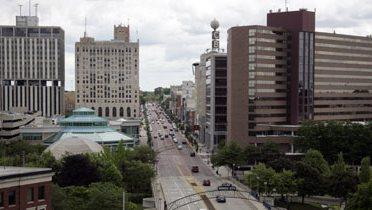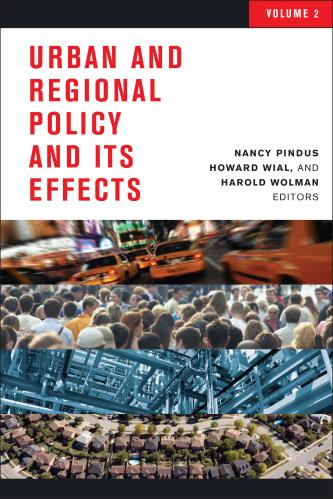Editor’s Note: This report reflects data from the fourth quarter of 2011. Please visit our updated MetroMonitor for the latest quarterly data and analysis.
National economic indicators suggest that the economic recovery, though still very slow, may be picking up speed. The national unemployment rate in February held steady at 8.3 percent. For the third consecutive month the economy gained more than 200,000 jobs in February; the last time the nation saw three straight months of jobs gains of this magnitude was in 2006. During the last quarter of 2011, inflation-adjusted GDP grew at an annual rate of 3 percent, well above its growth rates for the previous three quarters of the year.
Data for the nation’s 100 largest metropolitan areas do not fully reflect the most recent national trends because most metropolitan economic indicators are available only through the fourth quarter of 2011 (ending in December). The metropolitan data through the fourth quarter show widespread but generally very slow growth in both jobs and economic output. These data do not provide a clear indication of whether economic growth is speeding up. Most large metropolitan areas saw accelerating rates of job growth between the third and fourth quarters of the year and most also saw accelerating rates of output growth. However, accelerations in output growth were more common than accelerations in jobs growth, and only 19 large metropolitan areas had accelerations in both the rate of job growth and the rate of output growth. Unemployment rates, although lower than at the end of 2010 in most large metropolitan areas, remained very high. Housing markets showed widespread but slow improvement.
Manufacturing, high technology, and government were important drivers of growth in the nation’s largest metropolitan areas. However, the rate of manufacturing job growth slowed throughout 2011 and a number of large metropolitan areas specializing in high technology saw slowing rates of job and/or output growth in the last quarter of the year. If these trends continue, metropolitan areas specializing in manufacturing and/or high technology may see their economic recoveries slow in the future. In a more positive development for economic recovery, the rate of government job growth accelerated during the last quarter of 2011. As always, metropolitan economic performance varied greatly among the 100 largest metropolitan areas.








